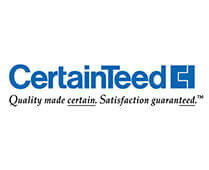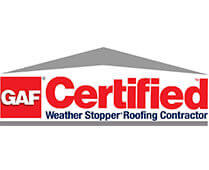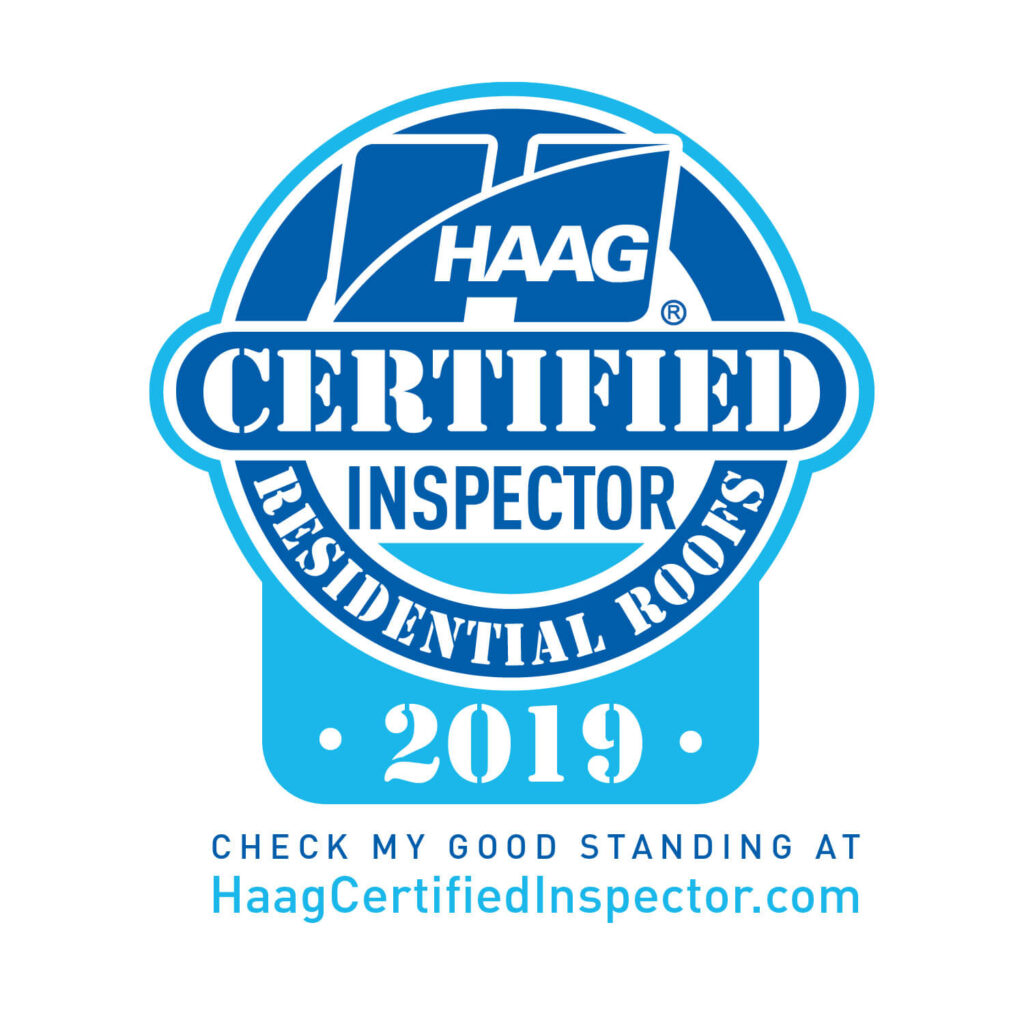
Key Takeaways
- Flat roofs are typically cheaper to put in than shingle roofs, but they can need more maintenance and repairs down the road.
- While shingle roofs tend to be more durable and longer lasting, particularly in regions with extreme weather, flat roofs can add extra usable space, such as for rooftop gardens or solar panels.
- The choice of roofing material really depends on climate, architectural requirements, budget and, of course, your own sense of style and design.
- Periodic inspections and upkeep are crucial for flat and shingle roofs alike to stave off expensive damage and increase their longevity.
- Energy efficiency — choosing materials with good insulating and reflective properties can reduce heating and cooling costs throughout your roof’s lifetime.
- Working with roofing experts and keeping local building codes in mind guarantees safe installation and aids homeowners in choosing the roofing solution that’s best for them.
Flat roofs and shingle roofs are two common choices in home and building design, each with its own strengths and uses. Flat roofs, with their horizontal profile, complement contemporary designs and function better for structures in arid climates. Shingle roofs, typically sloped, utilize overlapping elements that shed rain and snow — which makes them a great choice for a variety of weather conditions. Price, maintenance, and aesthetic are all factors when choosing between them. Some people prefer flat roofs for rooftop decks, whereas others opt for shingles for timeless style and wide weather protection. To help figure out which roof fits best, the following sections compare how flat vs. Shingle roofs stack up in practice.
Direct Comparison
Flat and shingle roofs are distinctly different in appearance, cost and practical function. Each variety has benefits and drawbacks, formed by material, construction and perceived effort they usurp over time.
1. Cost
Flat roofs tend to be less expensive up front, ranging from $3,000 to $11,500 in price, whereas shingle roofs can go between $7,500 and $24,000. This broad margin can influence what folks select, particularly if funds are limited.
Lower price doesn’t necessarily equate to lower total spend. Flat roofs tend to require more repairs and might require replacing after 10–25 years. Shingle roofs have a lifespan of 15–50 years and while they have a higher initial cost, they may save you money in the long run. If they’re using less-expensive material or cutting corners on the installation, costs can go down but the risks increase, particularly in extreme weather.
2. Lifespan
Yes, a flat roof could easily last 10 years but with proper maintenance, perhaps 25. Shingle roofs are typically 15–25 year, but with high-end shingles and proper maintenance, some hit 50. Material choices are crucial—metal roofs, for instance, can last up to 70 years and require minimal maintenance.
It’s very weather dependent. Brutal sun, wind and rain can beat roofs down more quickly. Routine maintenance and minor repairs keep both roofs going strong longer.
3. Durability
Shingle roofs perform well against wind and hail, particularly with thick, premium shingles (up to 450 lbs per square). Heavier shingles can be as much as 50% more wind-resistant, due to improved grip. Still, certain shingle brands have reduced material quality by 20% to save a buck—which can impact durability.
Flat roofs can deal with water pooling and leaks, particularly if not constructed properly. Selecting robust materials, such as modified bitumen, makes a difference. Both types depend upon proper install for best results.
4. Maintenance
Flat roofs require inspections for ponding and cracks, leaks. Shingle roofs are easier—usually you just replace damaged shingles.
Seasonal cleaning and checks help prevent big problems before they begin. A little TLC saves money in the long run and keeps roofs robust.
5. Aesthetics
Shingle roofs come in so many colors and shapes that they increase curb appeal and home value. Flat roofs seem straightforward, yet they complement contemporary designs and lend themselves to spaces like rooftop gardens.
Personal style is paramount–choose what works best for you.
Shingle Varieties

Shingle varieties vary as well, all having their own advantages, aesthetics, and prices. From plain asphalt to premium, homeowners can now match shingles to nearly any home style. The right shingle can make all the difference in how your roof performs and ages.
Asphalt
Asphalt shingles are a global favorite for homes. They go like hotcakes because they’re inexpensive, easy to install and work for most climates.
Standard three-tab asphalt shingles are flat, uniform in shape. They generally last around 15–20 years, though this is variable. Laminate or architectural asphalt shingles are thicker and have two layers, providing them more dimension and improved weather protection. Some of these last up to 30 years. Warranties tend to mirror this distinction—standard shingles might have a 10–20-year warranty, with architectural types topping out at 30 years or more.
Certain asphalt shingles reflect heat to keep cooling costs down — particularly in hot climates. Performance shingles provide additional weather resistance as well and could be worth the investment in stormy regions.
Luxury
Luxury shingles make a statement with their durability and design options. Several are designed to resemble slate, wood or clay, but are less costly and more simple to lay.
These shingles weigh more than regular varieties. They provide excellent defense against wind, rain, and hail. Some, such as clay tile or zinc, can endure for decades — zinc shingles, for instance, can last more than 80 years with minimal maintenance. Luxury selections provide added color and texture options, ranging from the rustic hues of Spanish S-tiles to the traditional appearance of cedar shakes.
On the negative side, luxury shingles are more expensive at the outset and require experienced installers. They can lift a home’s value and increase curb appeal, frequently making up for the upfront cost.
Color and Style Range
Shingle colors vary from subtle greys and browns to dramatic reds and greens. This assists match new roofs with the aesthetic of contemporary, classic or Mediterranean houses.
Textured styles such as architectural and premium shingles add dimension, while S-tiles and shakes give a rustic or classic feel. Both clay and cedar wood shingles provide natural aesthetic appeal and distinctive patterns. They vary in terms of maintenance requirements.
Cost and Maintenance
Three-tab shingles are typically the least expensive, but require the most maintenance.
Luxury and tile options cost more but last longer.
Some, like zinc, are almost maintenance-free.
Flat Roof Systems

Flat roof systems are found throughout the world on both commercial and residential properties. They are low slope, often from five to 15 degrees and intended to drain water, not allow it to pool. Generally flat roofs endure 10 to 30 years if inspected and maintained regularly. Others are notable for their longevity and resistance to the elements of sun, rain and snow.
- PVC (Polyvinyl Chloride): Known for strong waterproofing and chemical resistance. It performs excellently in areas with intense rainfall or ponding water. PVC is light and sunlight-reflecting, helping keep buildings cool.
- Modified Bitumen: This material is flexible and can take on harsh weather. It’s built with asphalt and rubber, so it expands and moves and doesn’t crack.
- Spray Foam Roofing: This seamless option adds a layer of insulation and seals the roof. It aids in leak prevention and energy efficiency.
- EPDM: A type of rubber roofing that stands out for flexibility, weather resistance, and the ability to handle UV rays. It is available in mil thicknesses of 45, 60, 80 and 90 for varying requirements.
Modified Bitumen
What sets modified bitumen apart is its combination of durability and elasticity. It withstands foot traffic and minor building movement without deteriorating. Installers apply torch-down or self-adhered rolls, making it a match for most climates. Torch-down uses heat to bond the plies while self-adhered sheets tack without flame, enabling safer installs. In snow-and rain-heavy areas, modified bitumen keeps moisture out and stands strong in the cold. Its price per square metre is usually less than other flat roofing systems, which makes it a strong contender for commercial spaces looking for both value and performance.
TPO & PVC
TPO and PVC both excel at energy savings and waterproofing. TPO reflects sunlight, reducing cooling expenses in warm areas. PVC reflects heat and prevents water intrusion, which makes it a popular choice in wet regions.
Both TPO and PVC roofs are light and easy to manage at install. Crews can weld the seams, making the roofs water tight. Because they’re lightweight, they put less strain on the building and can be built faster.
In time, TPO and PVC require minimal maintenance. They’re UV-resistant, so they don’t crack or fade and repairs are easy. They last 20-30 years if inspected regularly.
TPO and PVC are prized in green building, as both can be recycled at the end of their life, and their reflective surfaces contribute to reducing a building’s energy consumption.
Edmonton’s Climate
Edmonton has some of the most brutally harsh weather in all of North America. Long, snowy winters, fierce winds and dramatic temperature fluctuations are par for the course. It’s important to select the right type of roof, since roofs endure heavy snow, ice, and quick freeze-thaw cycles. Our homes and buildings in this city require roofs that keep us safe, dry and warm and that won’t buckle or leak under pressure.
Snow Load
Snow load is always on our minds in Edmonton. Flat roofs tend to accumulate snow, which can be very heavy and cause leaks or collapse if not constructed for it. Sloped roofs, such as shingled, allow snow to slide off more easily, so there’s less accumulation and less weight to be concerned about. Both roof types still need to be built to stringent standards to withstand the heavy winter snow.
Roofs in Edmonton have to deal with the snow weight, while how the snow melts and drains. Materials such as metal or high-quality shingles allow snow melt to run off quickly, while certain flat roofs employ special membranes to prevent leaks. Flat roofs require additional reinforcement and robust drainage to prevent water accumulation, which can lead to leaks or structural issues down the line. Very wise to consult with a roofing professional if you’re able, someone who knows local codes and can ensure a new roof won’t be a problem when winter rolls around.
Freeze-Thaw
Edmonton’s freeze-thaw cycles can wreak havoc on roofs, particularly flat ones. When snow melts by day and returns to freeze by night, water can creep into cracks, then expand as it freezes. Eventually, this results in leaks, loose shingles, or broken roof membranes.
Moisture trapped under roofing can also freeze and thaw, gradually destroying the roof’s layers. That’s why flat roofs around here require waterproofing and drainage that performs efficiently, even in deep cold. Good insulation helps as well, because it prevents indoor heat from causing snow to melt in patches on the roof. Over time, freeze-thaw cycles wear down a roof and make repairs more frequent.
Hidden Factors
Hidden factors influence roofing decisions in ways not always obvious upfront. Structural requirements, usable area, impact energy and local regulations all factor in. These details count whether you’re constructing new or re-roofing an old.
Structural Needs
Flat and shingle roofs require separate assistance. Flat roofs must endure more weight as water, snow or debris can linger longer. They require a gentle pitch—minimum 6 mm per 300 mm—to remain self-draining. The kind of membrane selected matters as well, as some membranes are prone to ripping. Shingle roofs distribute weight more evenly due to their slope, but need sturdy framing underneath.
Materials and architectural design throw another variable into the mix. Robust roofs require robust braces, and not every structure can support these. It’s wise to consult a structural engineer prior to any roofing work. Local codes might require specific roof types or additional bracing, so verify those before anything else.
Usable Space
Flat roofs may provide additional living or storage space, such as gardens or areas for solar panels. That’s a huge advantage in urban areas where every meter matters. HVAC units typically live here, freeing up space underneath.
With their slopes, shingle roofs render it difficult to utilize the space above. More often than not, these roofs are just for weather protection, not additional usage.
Some homeowners choose flat roofs simply for the additional usable space, which have the ability to transform the look and use of a house.
Energy Impact
Insulation and ventilation are important for both roof styles, but flat roofs tend to have fewer layers, so heat can transfer in or out more quickly. Roof color is another hidden factor—light shades reflect heat away, while dark ones absorb it. Reflective surfaces, common on flat roofs, can reduce cooling bills and increase comfort.
| Roof Type | Insulation Efficiency | Heat Retention | Reflective Options |
|---|---|---|---|
| Flat Roof | Moderate | Low | Common |
| Shingle Roof | High | Moderate | Rare |
The long-term savings from these energy-wise decisions add up, particularly in sunny climates or large cities.
Local Rules
Local building codes can restrict the types of roof you can have. Some locations have regulations regarding pitch, drainage, or fire safety. Even a minor slope adjustment could be required for approval.
Codes often impose minima on insulation and drainage, so missing this step can translate to failed checks or compelled modifications.
Permits may be needed, slowing things down.
Some cities only allow certain colors or materials.
Lifecycle Costs
Lifecycle costs determine the actual cost of any roof, not merely what you pay on day 1. Each flat or shingle roof presents its own array of lifecycle costs. Initially, shingle roofs — asphalt or wood — appear more economical. Asphalt shingles, for instance, tend to have a lower upfront cost per square meter than nearly all flat roof coverings. That’s why so many go with them. They typically have a lifespan of 15 to 30 years, so you could find yourself shelling out for another full replacement sooner than expected. Wood shingles can last as long as 40 years if the wood is high quality, but require more maintenance and can run around $9 a square foot.
Flat roofs, typically constructed with elastomeric membrane, tend to last approximately 25 to 30 years. Their installation costs are higher than basic asphalt shingles but lower than metal or slate. For instance, your flat roof could be $19 to $23/ft2. Maintenance is crucial for flat roofs. They require periodic inspections to prevent water accumulation that contributes to lifecycle costs. With consistent maintenance, they can provide durability.
Some homeowners opt for pricier choices such as metal, tile, or slate. Metal roofs may last as long as 70 years, but they run $30 to $42 per sq. Tile roofs even longer, up to 75 years, for $9 – 15/sq ft. Slate roofs last the longest (75 to 150 years, with very little maintenance), but they have a high upfront cost.
Energy savings may offset higher initial costs. Flat roofs, for instance, can be constructed to reflect sunlight or contain insulation, thus reducing heating and cooling bills. Because of climate, some materials may just work better or last longer in your region, which is a different consideration.
Regular inspections and maintenance, regardless of roof style, can extend the lifespan of the roof and reduce costly repair bills further down the road. Not just the initial sticker price. Taking the whole lifecycle cost into account allows you to select a roof that suits your requirements and budget for many years.
Conclusion
Flat and shingle roofs both offer obvious advantages with trade-offs. Flat roofs are ideal for that cool modern look or spaces such as rooftop decks. Shingle roofs are durable and withstand harsh weather. Both styles require maintenance and are best suited in different locations—consider your roof-type, budget, and climate. Here in snowy and wildly variable weather climates like Edmonton, either option requires close attention for leaks and wear. Initial price, maintenance and longevity all define the true cost over time. Consult local experts to pair the ideal roof with your home. For more advice or hear from other homeowners, visit our other guides and join the conversation.
Frequently Asked Questions
What is the main difference between flat and shingle roofs?
Flat roofs have a gentle or no slope, shingle roofs are pitched and covered with overlapping materials. Each provides varying types of installation and aesthetics.
Which roofing option lasts longer: flat or shingle roofs?
Shingle roofs, on average, last longer — sometimes as long as 30 years. Flat roofs often have a lifespan of around 10–20 years, materials and upkeep considered.
Are flat roofs more affordable than shingle roofs?
Flat roofs can be cheaper to put on but may require more repairs. Shingle roofs might cost a bit more up front but require less maintenance in the long run.
Can flat roofs handle heavy rain or snow?
Flat roofs need to be equipped with the necessary drainage to handle rain and snow. Without these, water can pond and leak or damage.
What types of shingles are commonly used on pitched roofs?
Asphalt, wood, metal and composite shingles are favorites. Asphalt shingles are the most common because of their cost and durability across the globe.
Is one roof type better for harsh climates like Edmonton?
Shingle roofs tend to fare better in colder and snowier environments. Their pitch assists in sweeping away both water and snow, minimizing the potential for leakage.
What hidden factors should I consider when choosing a roof type?
Think about insulation, repair requirements, drainage and future expenses. Local climate and building codes influence the ideal roof option for your situation.
Not what you were looking for? Safe Roofing also offers the following services:
Safe Roofing’s Certifications and Qualifications
Manufacturer Certification: IKO (preferred installer)






